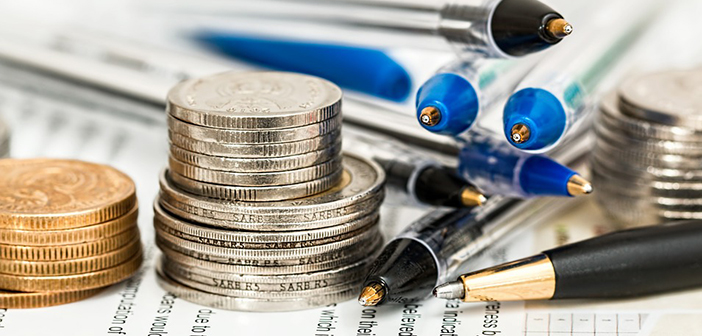Unlike the United Kingdom, Brazil has had a vast number of different coinage over the course of its history.
Pound Sterling has been the UK’s official currency since AD928. Athelstan, the first King of England, brought the production of money under the sole control of the Crown. At first, the pound was known as ‘Sterlings’, and silver coins were used as negotiating chips in the Feudal system used by the Anglo-Saxons and the rest of Europe.
The first paper money was printed in 1694, thanks to the founding of the Bank of England, and the decimal system was finally introduced in 1971, dividing the Pound into 100 Pennies (or Pence). Pound Sterling is the world’s oldest currency still in circulation.
Brazil’s economic history has seen far more types of currency used – there were many different coins before the modern Real was finally settled upon. Let’s have a quick look through the history of Brazil’s national currency.
Tostão/Cruzado – 1500
The first colonials used to use copper and gold as a means of exchanging goods. The currency’s name varied – some common terms were tostão, português, cruzado, vintém and são-Vicente.
Jimbo and Réis – 16th Century
A ‘Jimbo’ was a shell used as currency by the slaves who found them along the coast of Bahia – a tradition brought over from the Congo and Angola, where shells were often used in the same way. However, the most commonly used form of currency was the Portuguese Real, known in its plural form as ‘réis’.
Sugar – 1614
Sugar was officially accepted as currency by Constantino Menelau – Governor of the State of Rio de Janeiro. Businesses were ordered to accept the product as payment for goods purchased.
Heads and Tails -1695
The Brazilian Mint (Casa da Moeda do Brasil) was created in 1693 in Bahia, and the year after it produced the first gold coins in the country. In 1727, the first coins to feature the head of state on one side and the kingdom’s arms on the other were released, imitating the common European style.
Cruzeiro – 1942
During Getúlio Vargas’ government, Réis were substituted by Cruzeiros, and at the same time centavos (cents) were introduced.
New Cruzeiro – 1967
The New Cruzeiro was introduced to take the place of the old one, which had dramatically devalued. So as not to remove the physical money from circulation, all the old cruzeiros had to be re-stamped with the Mint’s official seal.
Cruzeiro – 1970
After the currency’s value had stabilised, it went back to its original name.
Cruzado – 1986
Yet again Brazil went through economic turmoil, and José Sarney’s government came up with yet another currency to combat inflation– the Cruzado.
New Cruzado – 1989
In the face of unrelenting inflation, the ‘Summer Plan’ economic programme was thought up by Maílson da Nóbrega. It was time for the New Cruzado.
Cruzeiro – 1990
President Fernando Collor de Mello went back to a tried and tested name.
Cruzeiro Real – 1993
Just a slight name tweak this time, coinciding with the creation of a new court. During the same year, Fernando Henrique Cardoso (who would go on to become Brazil’s President, but at the time was the Minister of Finance) came up with the Real Value Unit (a non-monetary reference currency).
Real – 1994
Finally, after all that, the RVU prevailed, and entered the Brazilian economy as it is now known today, the Real (plural reais).
Interesting fact
As of today’s Exchange rate, 1 Pound Sterling is worth 4.29 Reais.
















